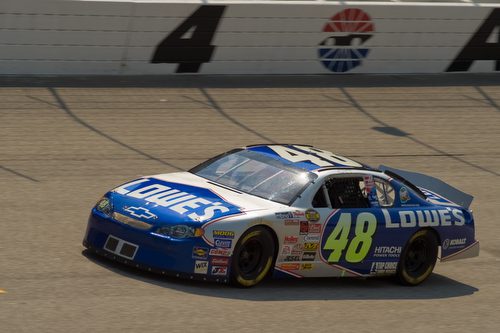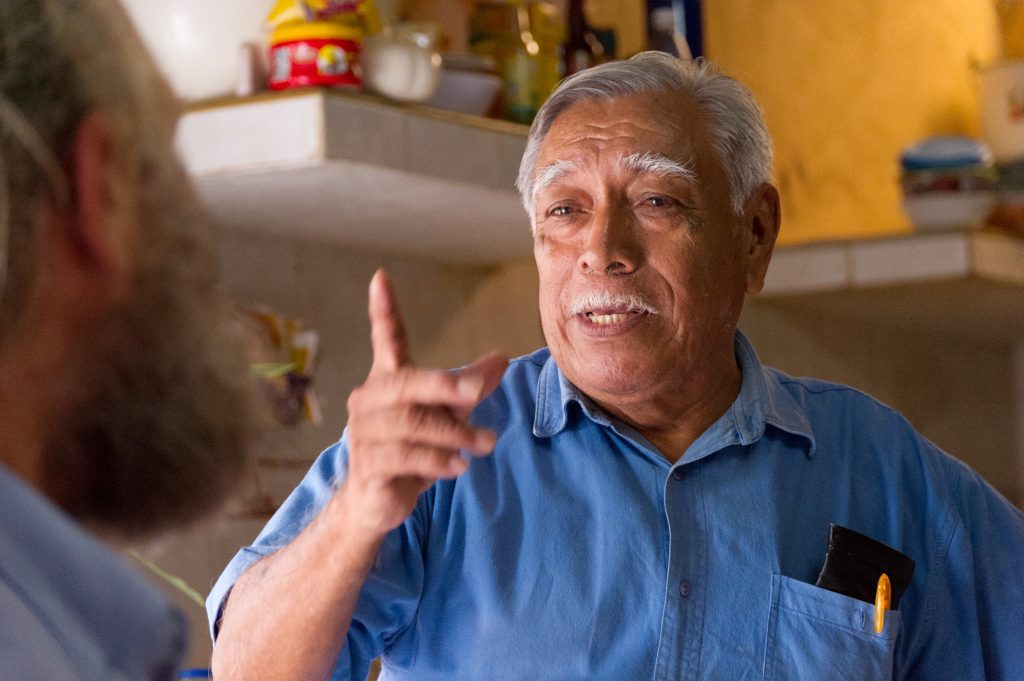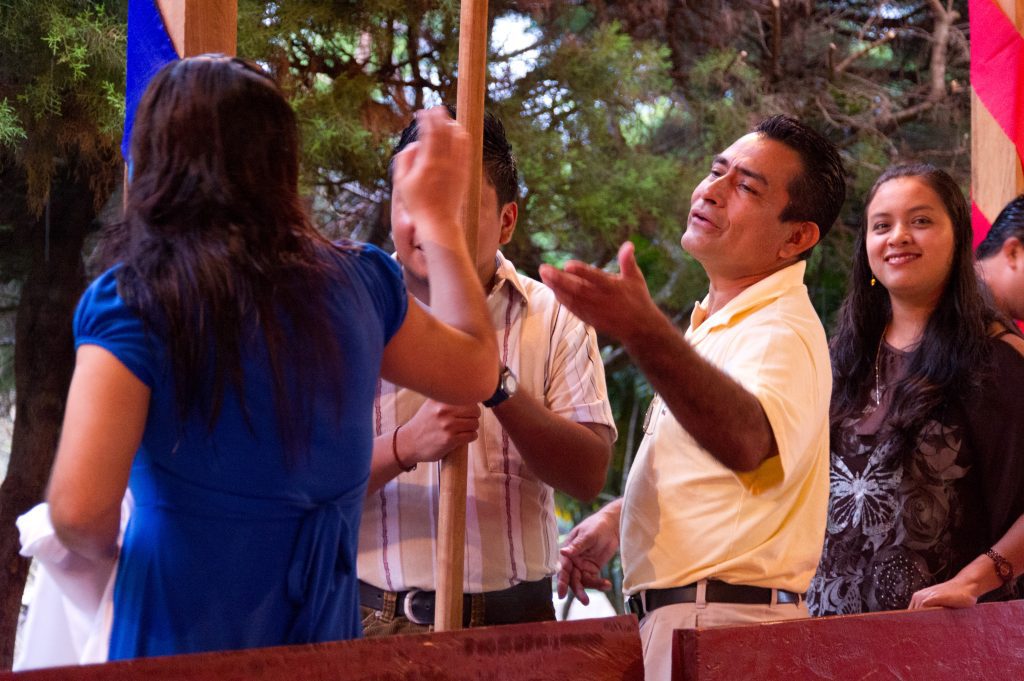 |
| Dr. Ken Day enjoys catching up with Knolan Benfield after some 33 years. |
A couple of days ago Nicholas Spratlen sent me an email that he and his friend Dr. Ken Day wanted to come and see the missions photo exhibit at Roswell Presbyterian Church. They both get my e.Newsletters and read my blog and were fascinated with the concept.
I was pretty excited because they didn’t know that my uncle Knolan Benfield was coming to town the same day for a visit. We met them at the church and frankly Nicholas and I barely got a word in, Knolan and Ken were just enjoying catching up and swapping stories about what it was like working together for the Southern Baptist Home Mission Board during the 1960s and 70s.
 |
| Dr. Ken Day and Knolan Benfield |
“What impressed me the most about Ken was when he became the head of the communications division he went back to school and got his Phd in communications from the University of Georgia,” said Knolan. Today for the first time he told Ken about how he felt. Ken was sort of paralyzed for a moment. No one had ever thanked him for doing that.
It reminded me how important it is to tell people the positive things they do for you.
The other day I wrote to my friend John Spink, a photographer for the Atlanta Journal and Constitution. I was just taken back at how consistent his work was in the paper and with all the cutbacks it is hard to work for a newspaper these days. I just wrote and told him I was really impressed with his work.
John’s response was unbelievable. He said the comments made a big difference for him that day.
 |
| The reason for the get together, the missions photo exhibit that I curated for Roswell Presbyterian Church. |
Take the time today and pick up the phone, get on facebook, send an email or just send a hand written card to someone. Thank them for what they did in your life.
I had to share these photos of Ken and Knolan, because you can see in their faces that they really were enjoying each other. We all need that in our lives.










































